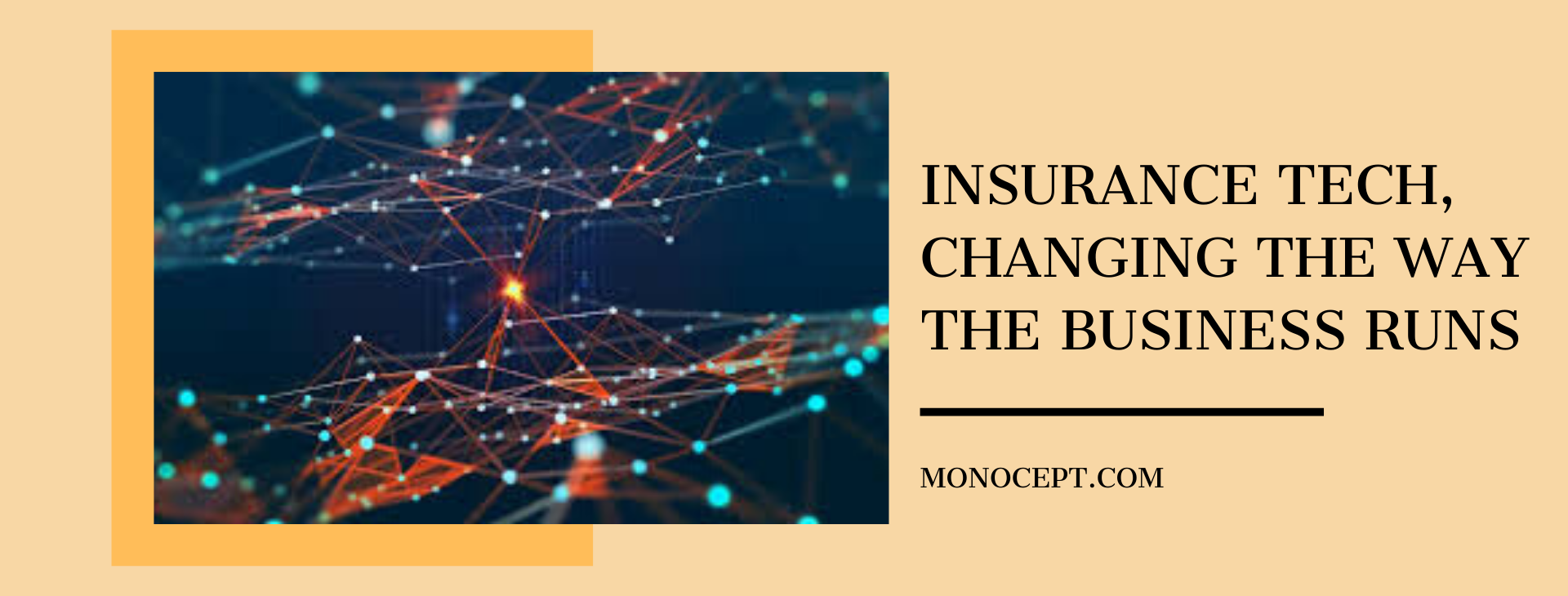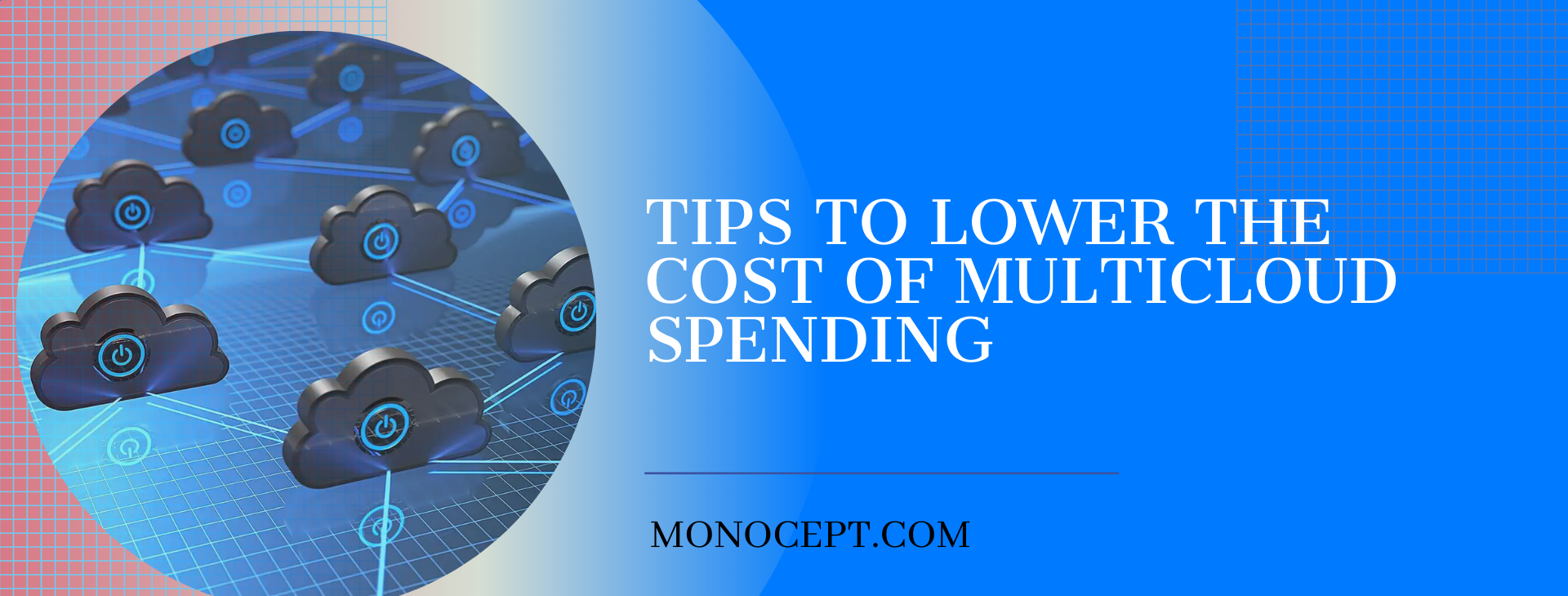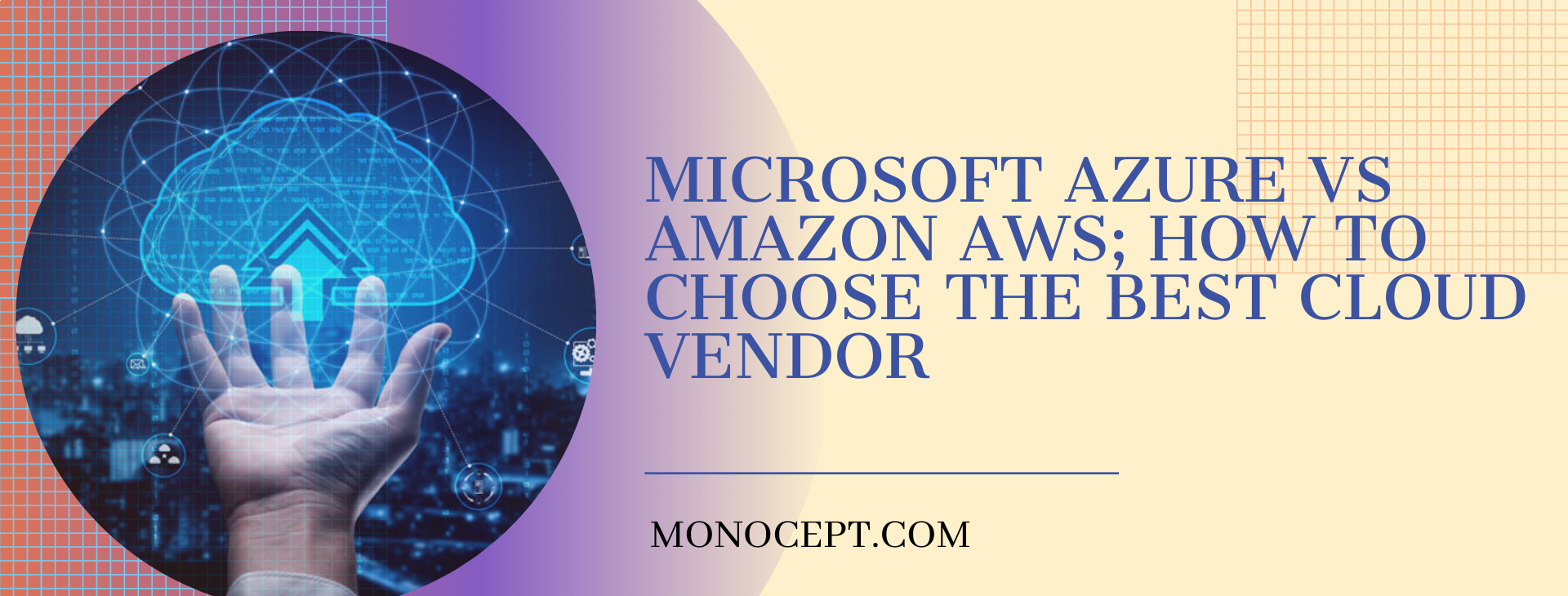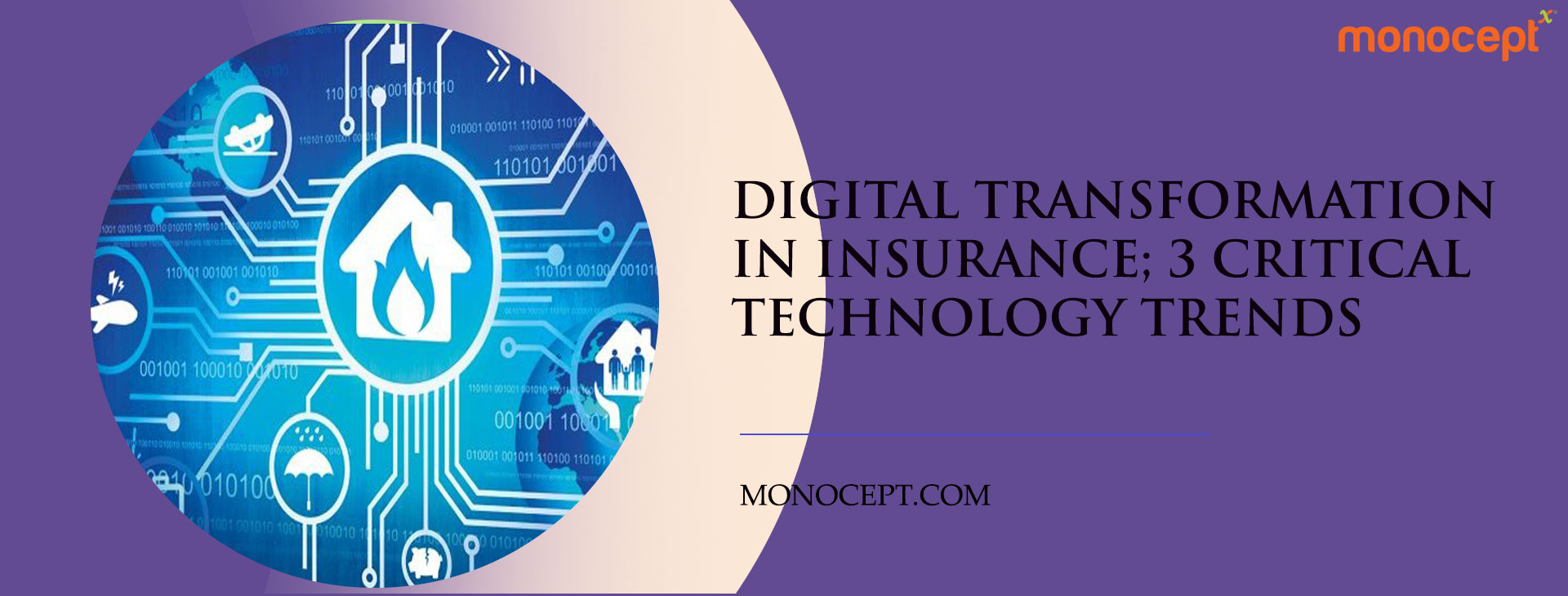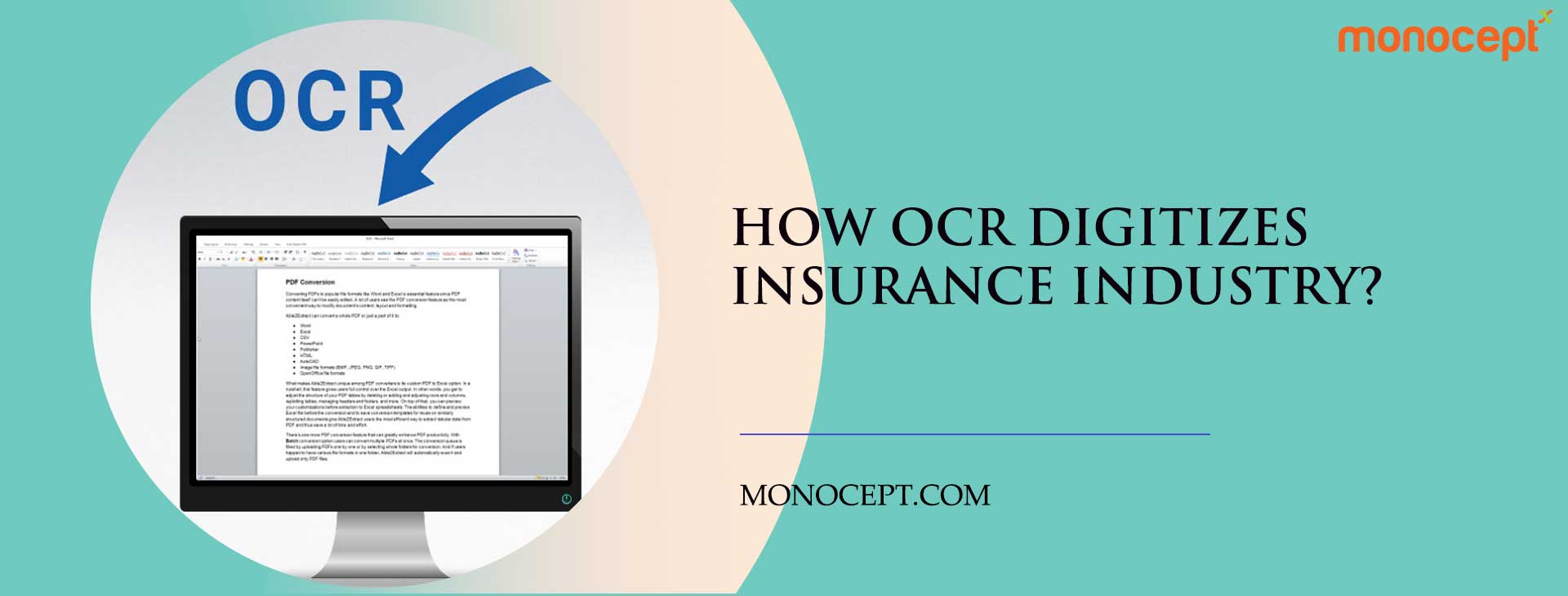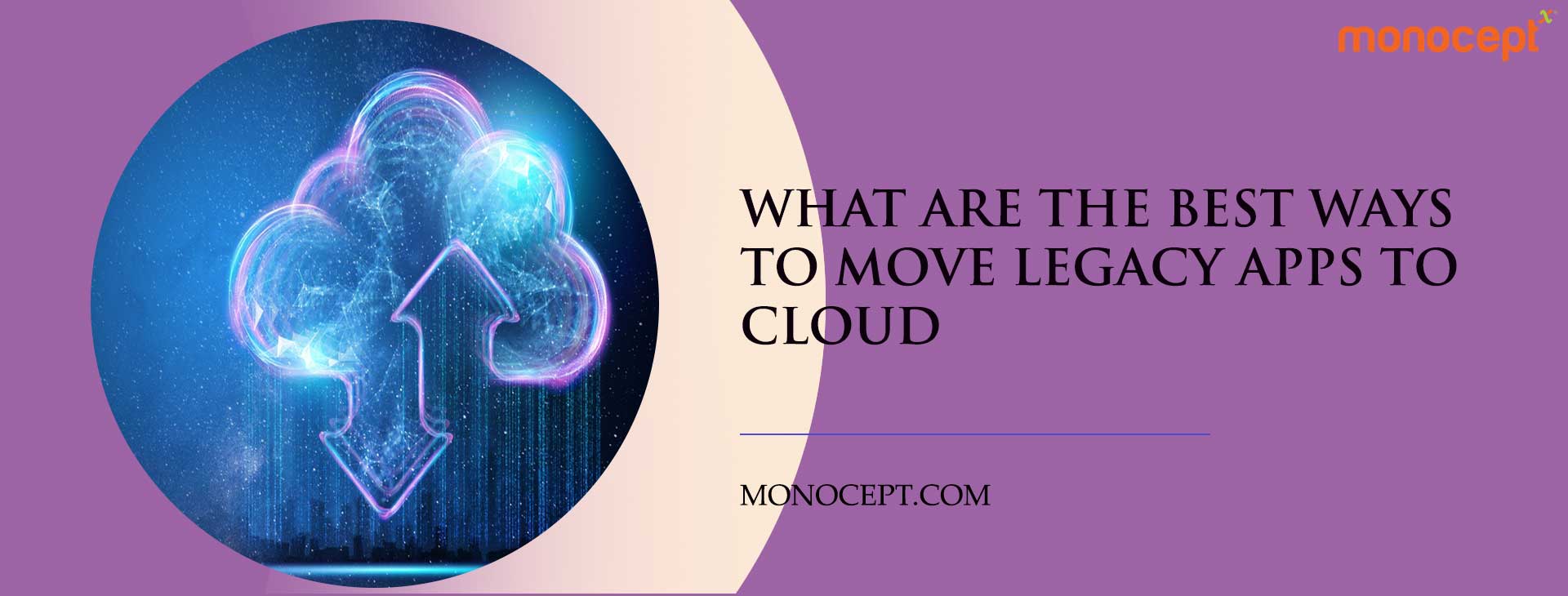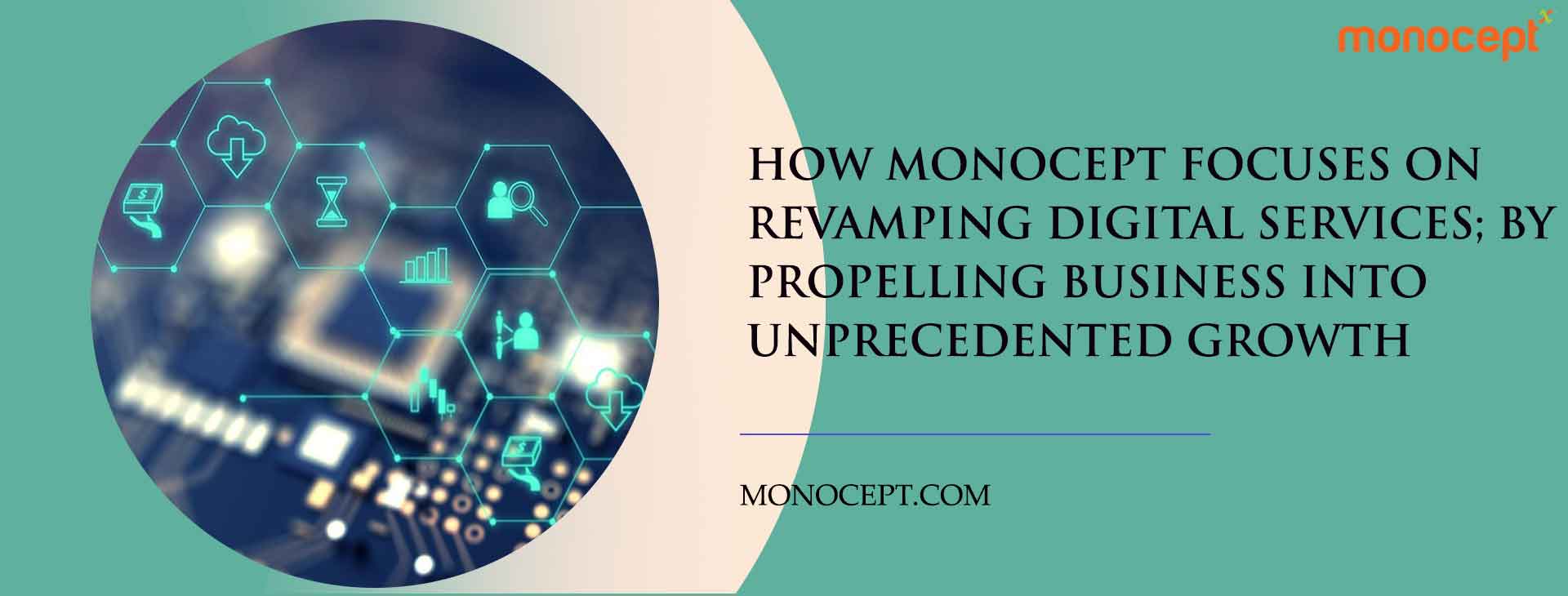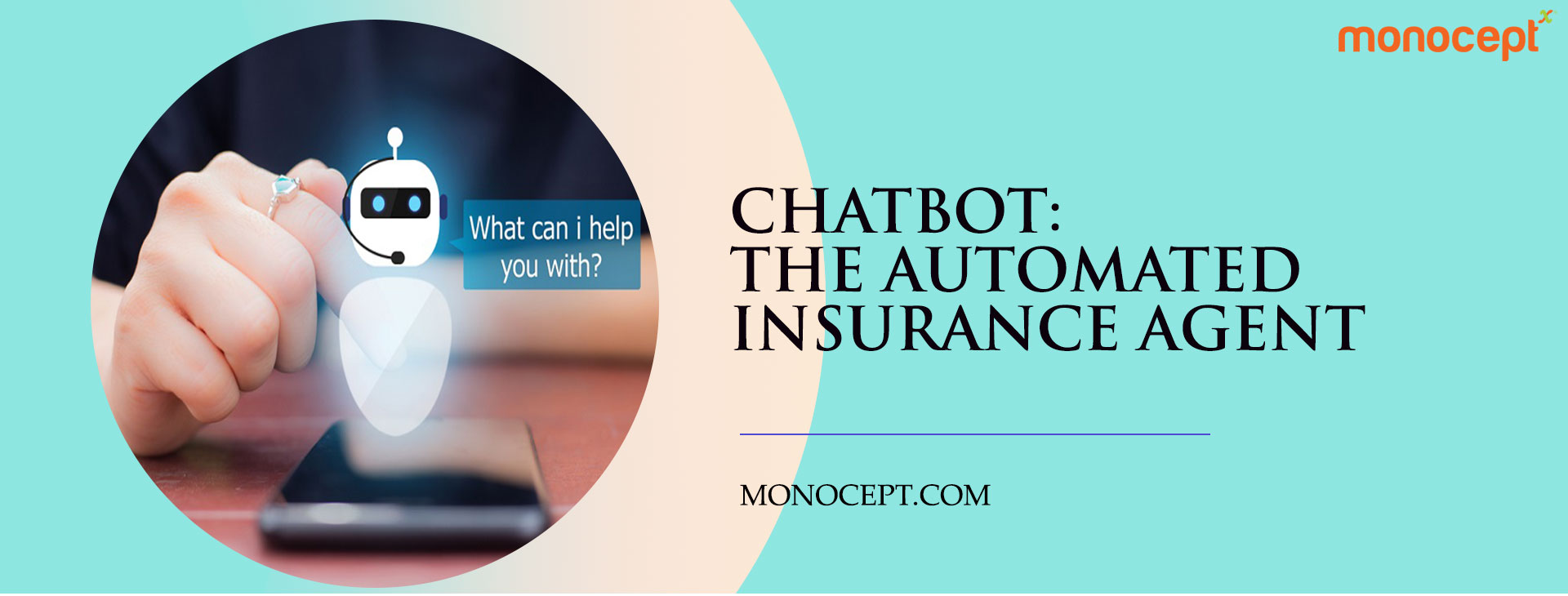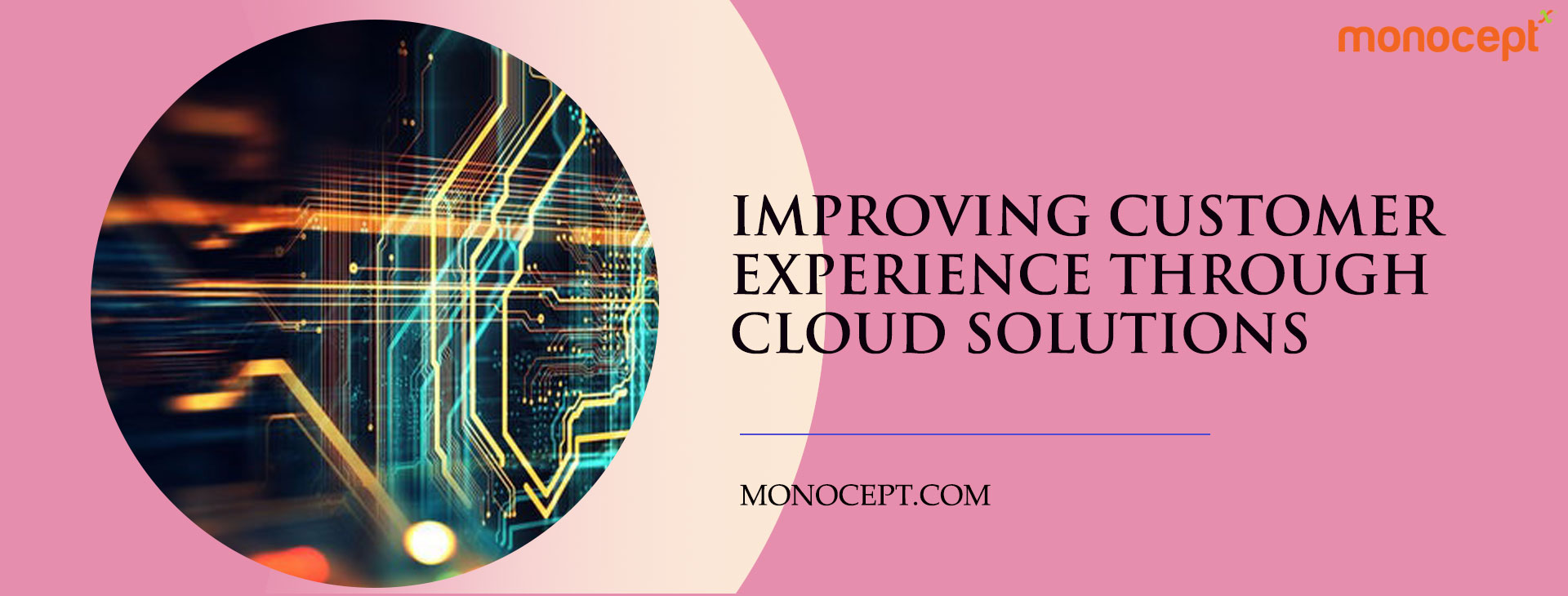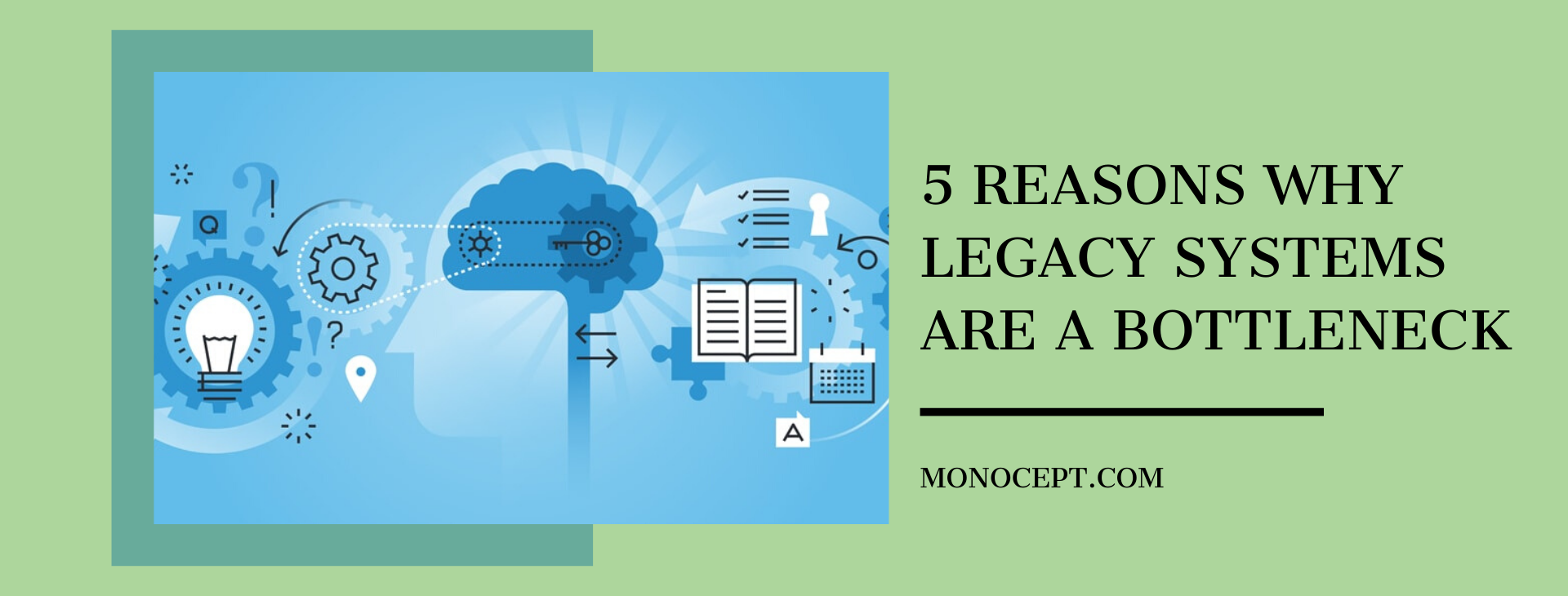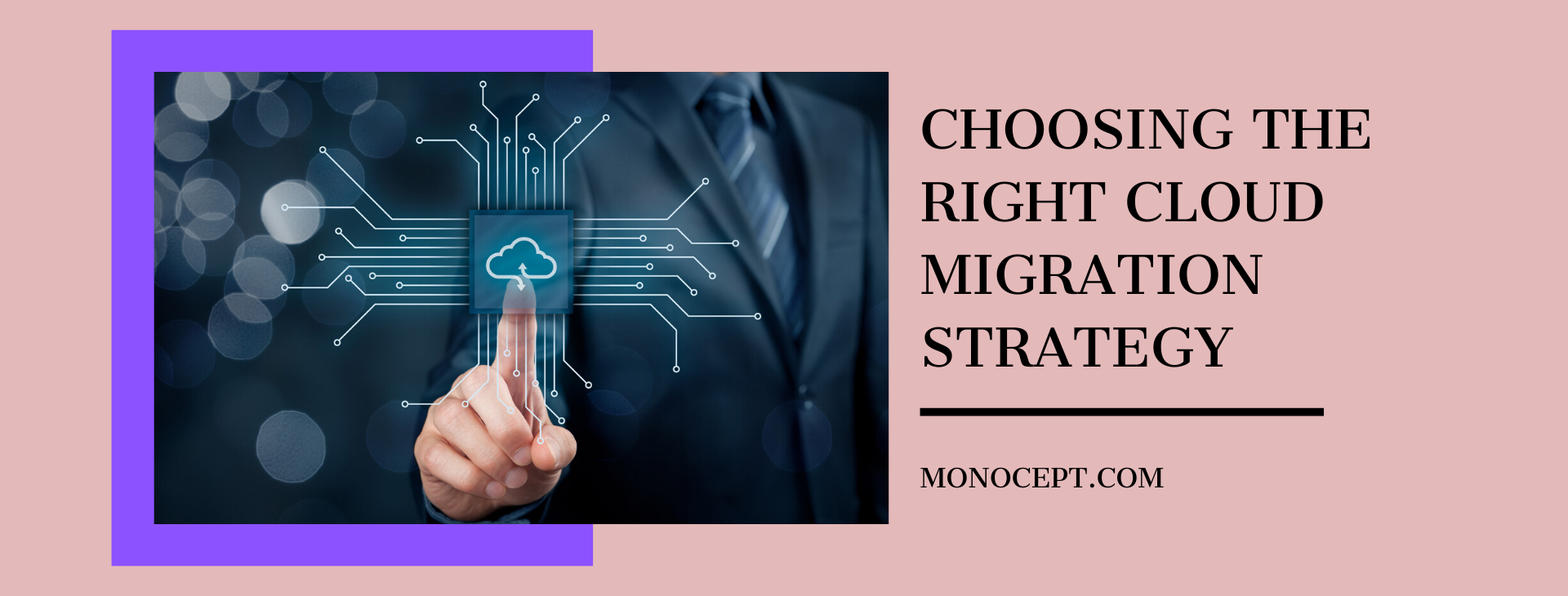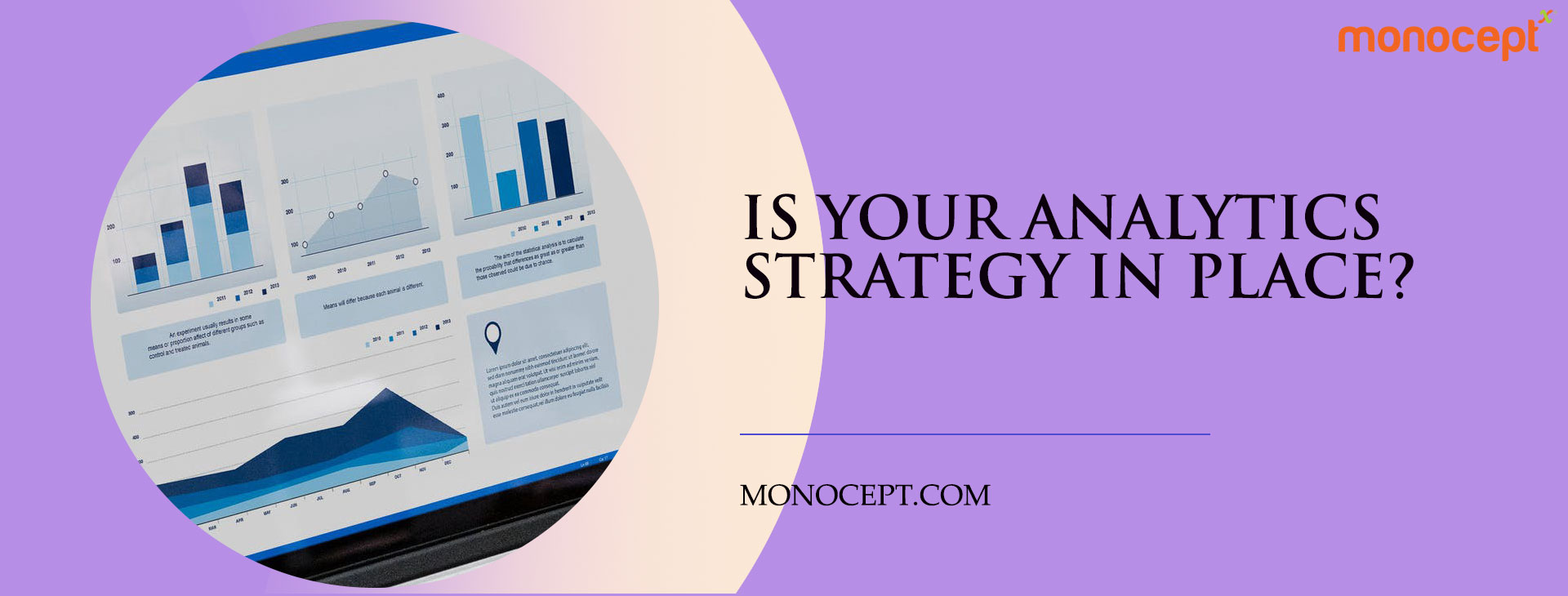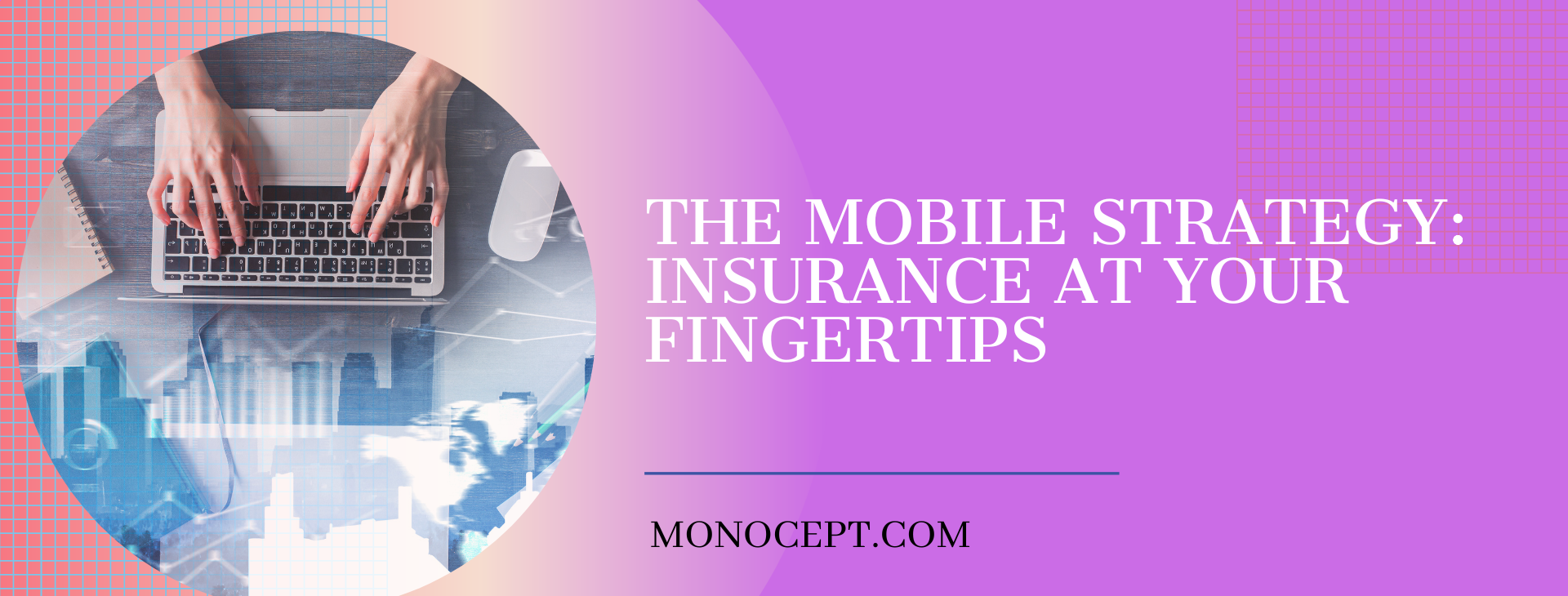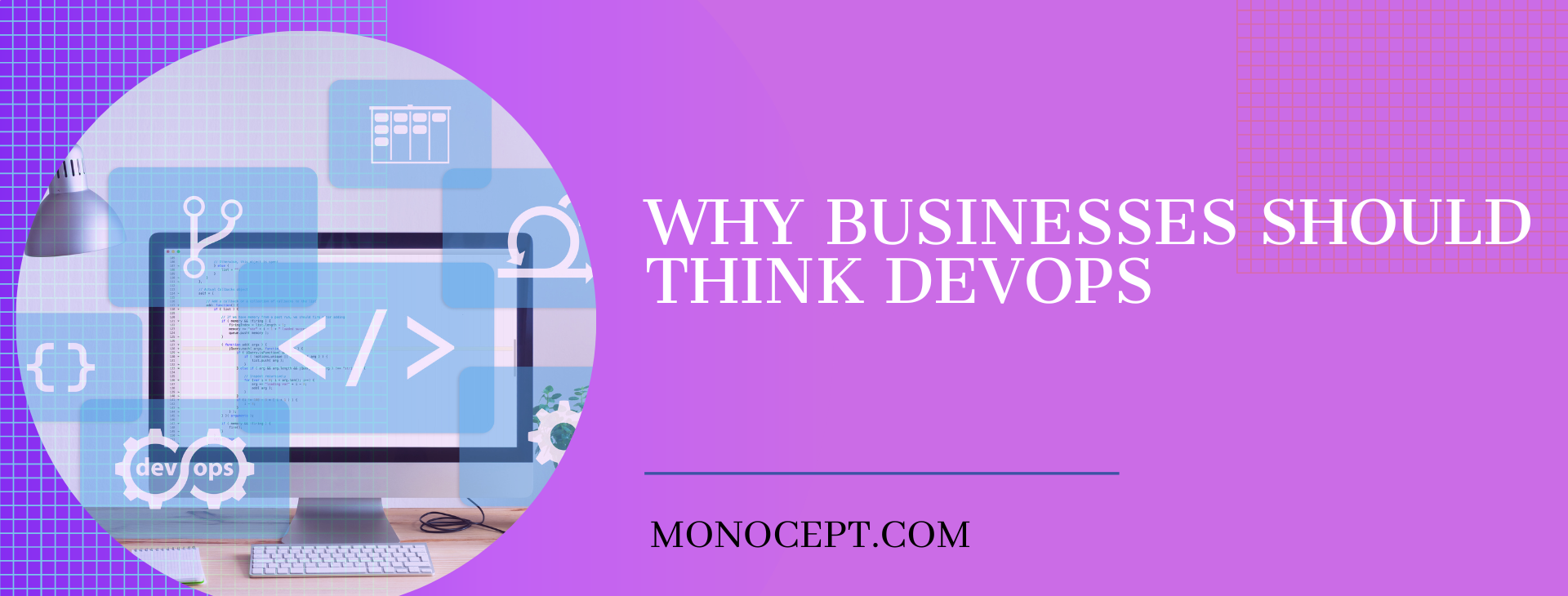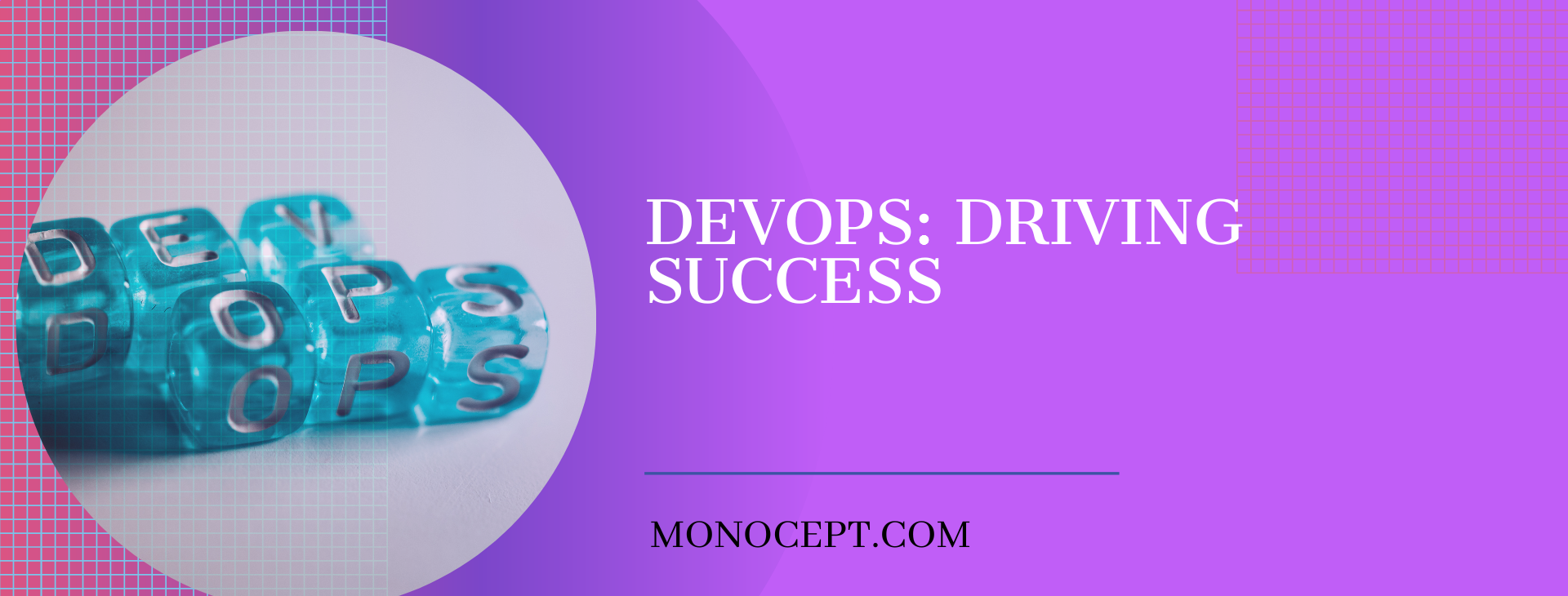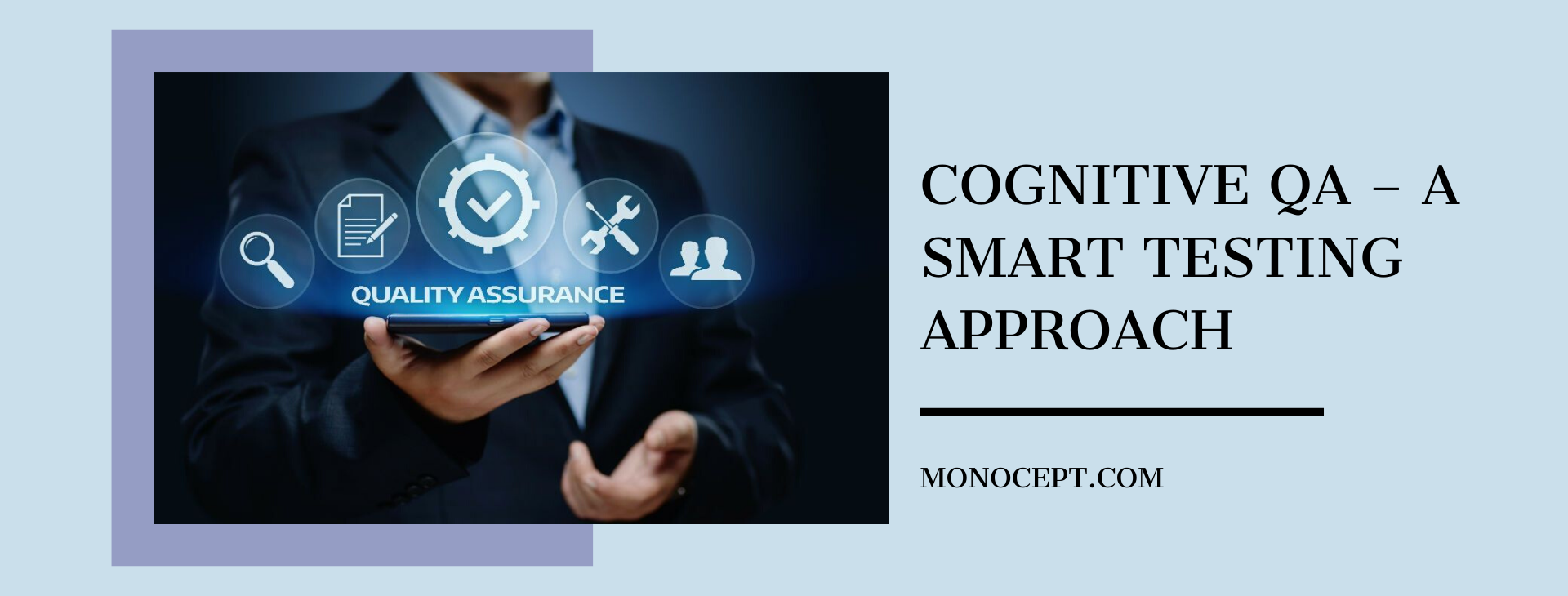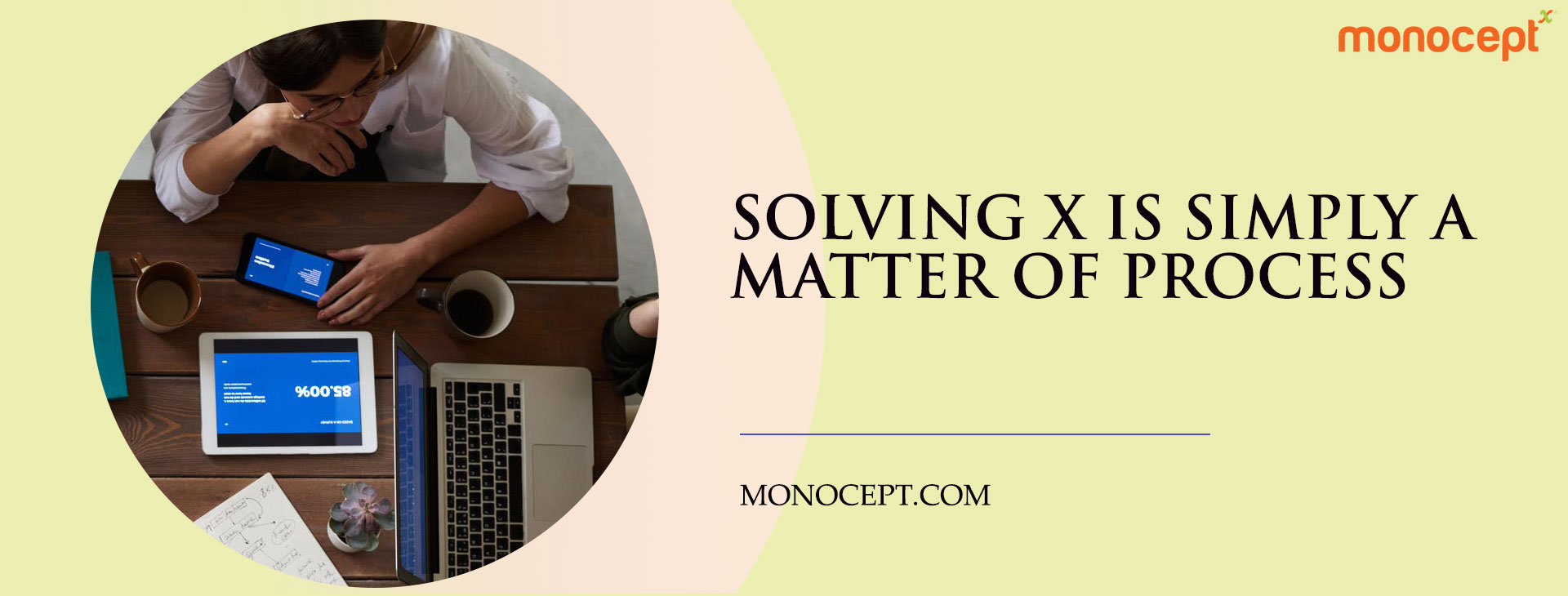INSURANCE TECH, CHANGING THE WAY THE BUSINESS RUNS
If you thought the storied old world of insurance and the fancy new world of Artificial Intelligence, Blockchain, Internet of Things are a bit like Rudyard Kipling’s ditty East is East and West is West and never the twain shall meet. Think again for East and West have met and the result is unleashing a plethora of exciting opportunities on the insurance landscape. So without further ado let’s take a look at the tech and its impact on insurance:
Artificial Intelligence
Artificial Intelligence (AI) is making its presence felt in virtually every field of human endeavor and insurance too will benefit from its all pervasive penetration. Among the areas where AI will make a huge difference is:
- Claims: Claim cycles will see a dramatic decrease from the current average of 10 – 15 days to 2 – 3 days. Fraudulent claims, which cost the industry more than $40 billion a year, will also fall sharply. AI does this by uncovering hidden correlations and patterns that are undetectable to the human eye.
- Marketing: Insurance companies can use information collected from machine learning to develop marketing campaigns that are based on human emotion and create a more meaningful message.
- Chatbots:Insurers are discovering the efficiency of AI chatbots, as they provide convenient and frictionless customer service that can address common inquiries and transactions; this frees up human reps to handle the more complicated situations. AI chatbots are up to 1,000 times faster than a human and always accessible with no hold times. True AI chatbots are built on natural language processing and ML that help them replicate human learning capabilities.
Blockchain
The tech behind Bitcoin (and every other cryptocurrency) is as revolutionary, if not more, than the digital currency it helped create. Simply put Blockchain is a ledger to end all ledgers. It allows anyone to record anything of value (especially transactions) without any risk of the ledger being corrupted. And, this digital ledger is distributed across the Internet, residing on millions (possibly hundreds of millions) of different computers. Imagine a spreadsheet that was shared with everyone in the world who wanted to see it. Insurance companies can leverage Blockchain technology in a variety of ways including automated policy administration. Claims and payout conditions can be automated to reduce delays in claims payment and to make claims processing much more transparent.
A specialized ‘smart contract,’ would be triggered by data feeds from a public database and various connected devices, like a smartphone. When certain conditions are met, and an insured event occurs, the claim is automatically validated and is paid. No waiting.
The Internet of Things
The Internet of Things (IoT) refers to a network of digitally connected physical devices that interface with the real world and communicate with each other and with server systems. These systems gather information and send data to a database. The data is then analyzed and can trigger other events. Insurance companies can take advantage of wearable tech, like Fitbit and other health apps. Because many policies sold today are term life and universal life insurance, where mortality charges can change yearly or even monthly, insurance businesses can more accurately assess the risk of a policyholder and adjust their risk distribution and management strategies accordingly. A similar strategy can be employed in the health insurance industry. Auto insurers can adjust premiums based on how much a policyholder drives his or her vehicle. This ‘usage-based’ approach to insurance will reduce policyholder premiums and improve pricing accuracy, so insurance businesses can offer more competitive insurance products.
Analytics
Insurance companies must be ready to mine information for insights in innovative ways. They will rely increasingly on data science and data analytics to reduce claims, create value for their customers, and help proactively monitor risks to minimize customer losses. In the past, an insurance company might have used historical data to predict the cost of future property damage claims. Now, real-time weather and sensor data can alert the company to an impending storm, and it can marry that information with geographical data to determine the probability of snow, ice or flooding in low-lying areas. In the locations determined to be risk areas, the company can identify customers who live in low-lying elevations or blizzard-prone areas and use digital channels to warn them about property protection. It would save thousands of dollars, make customers safer and increase overall customer loyalty.
Insurance companies can take advantage of emerging technologies to create better products, improve marketing, reduce claims and increase customer satisfaction. An experienced software development company will help you navigate through the tech to create the solution for you.
What’s your Challenge? Let’s work together to solve it.



